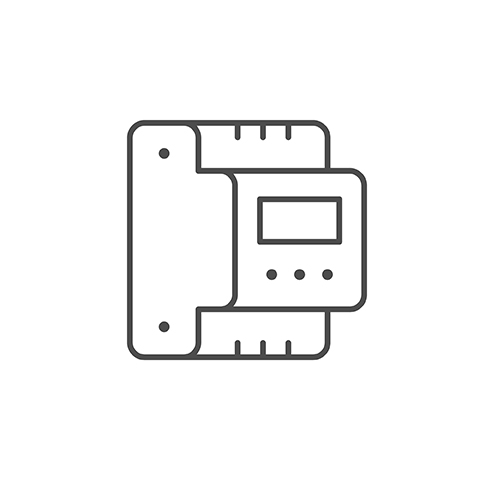
Relays allow electrical and mechanical isolation to a circuit; solid-state relays offer opto-isolation to a circuit with very fast switching times and long electrical life. Control components such as relays, power supplies, timers, counters etc. are designed to minimize layout restrictions and maximize ease of operation, while innovative switching components make manufacturing more flexible.
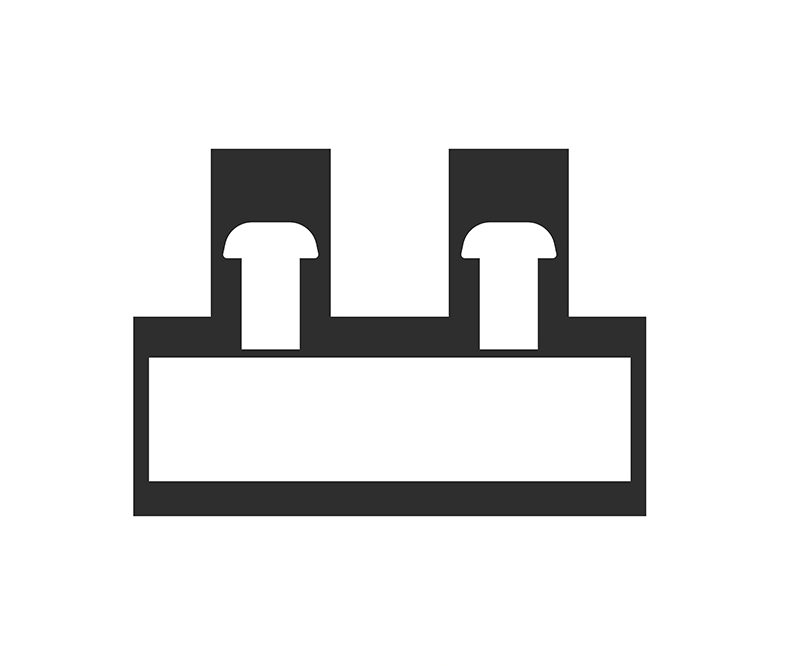
Terminal blocks provide a convenient way to interface electrical circuits, connecting individual wires and an electrical ground for a circuit. Terminal blocks prevent short circuits, eliminate splicing, tidy up harnesses and conserve panel space.
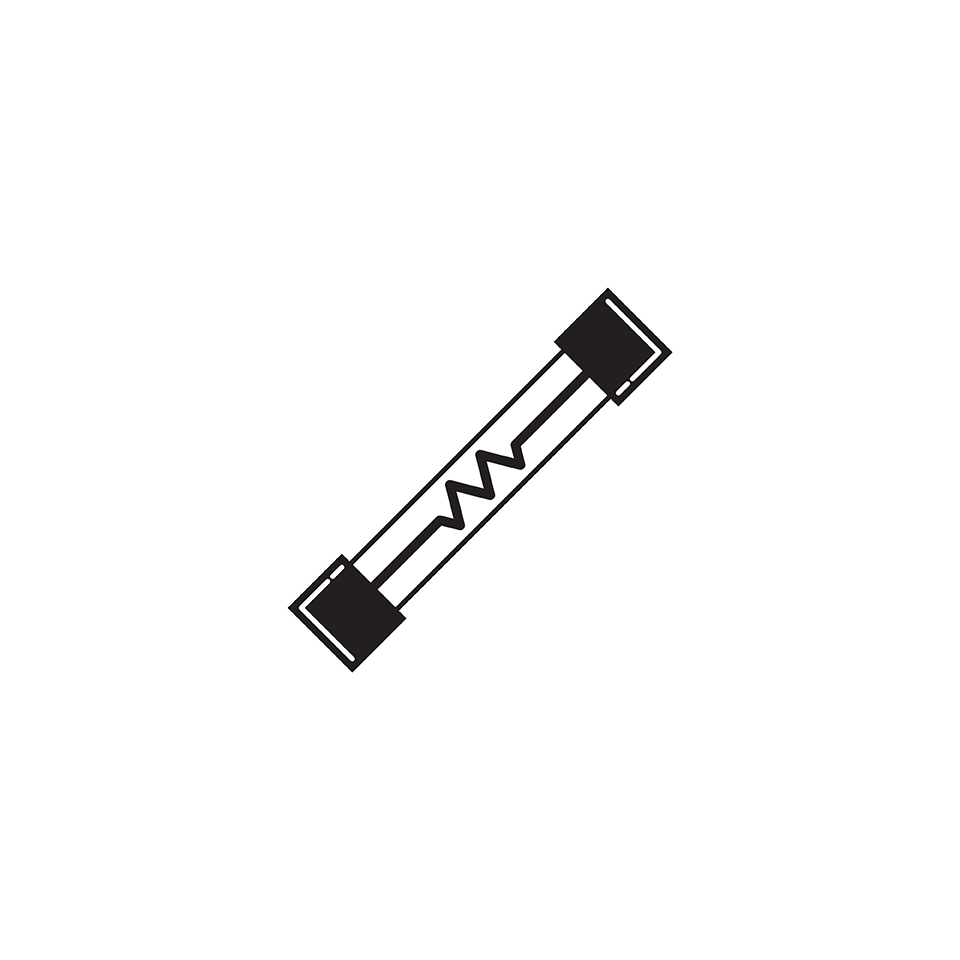
Fuse gear plays a major role in industrial, utility or commercial facilities by providing reliable, overload and short circuit protection to power systems. Their physical size or rejection features prevent replacing a fuse with one from another fuse class. This helps ensure the correct replacement fuse is installed in order to maintain the voltage and interrupting ratings.
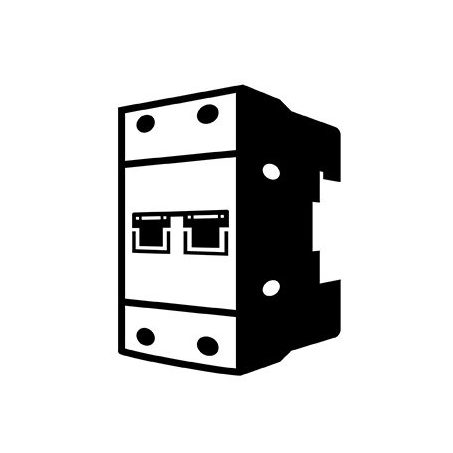
Miniature circuit breakers, residual current devices, surge protection devices, control, signalling, measuring and smart accessories.

Pilot devices consist of pushbuttons, selector switches, toggle and rocker switches, indicating lights and signal towers. They can be found in any application where there is a need to operate, control, or interface with a machine.
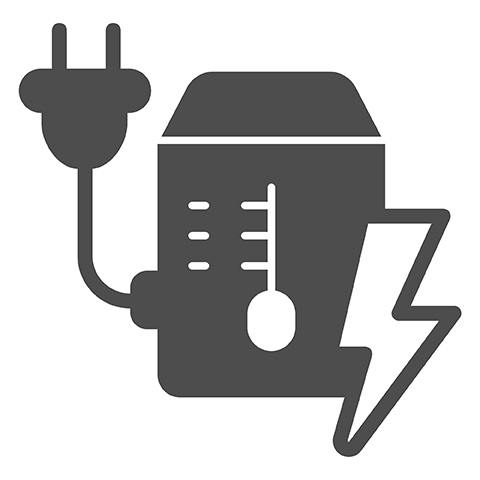
Control panel power supplies are essential in any electrical panel where supplying control power from main AC power is required. For example, powering programmable logic controllers, relays, safety relays and controllers, interposing relays etc. Specialty power supplies offer a wide range of AC voltage inputs, and some have battery-backed options to supply power for a brief time in the absence of main AC power.
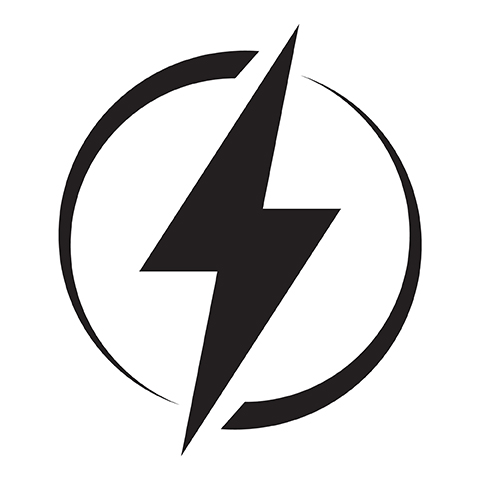
Electrical power distribution is the final stage of an electrical power system. Making sure you have the correct solutions and grounding systems is crucial in the longevity of your design.

Wire & Cable Management solutions are designed to make the task of organizing, fastening, protecting, insulating and connecting wires in an electrical enclosure easier and faster for industrial, communication, utility and OEM applications.
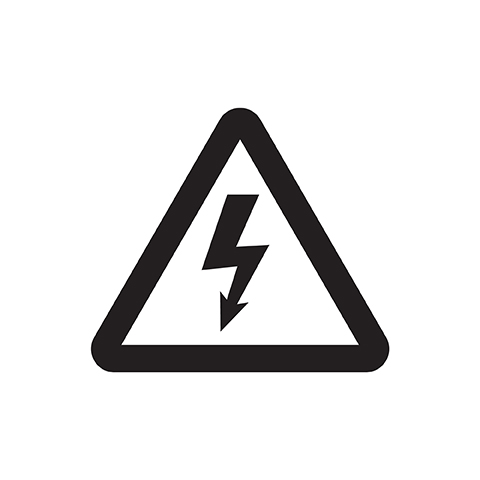
Labels (also referred to as nameplates or markers) convey a wide range of information including the safe installation or use of a given product. For example, information about a product’s electrical rating can help confirm compatibility with an electrical system or other product, thereby preventing circuit overloads or product failures. To suit their specific environments, labels come in a variety of materials such as plastic, and stainless steel.
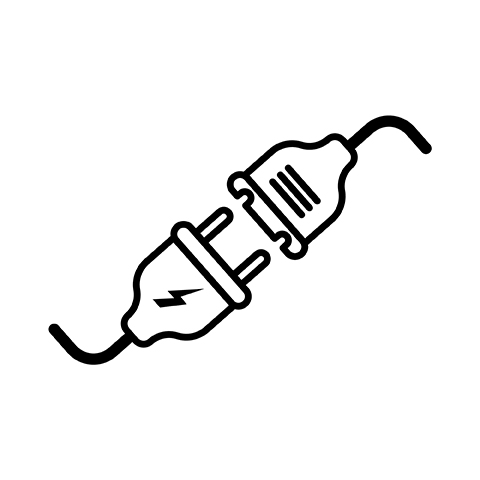
Electrical connectors are devices that join electrical circuits together. Well-conceived connections increase safety, efficiency and reliability in electrical equipment. From specialty connectors that have quick-lock features for the fast replacement of sensors and actuators, to heavy-duty connectors that can disconnect large loads while under power.
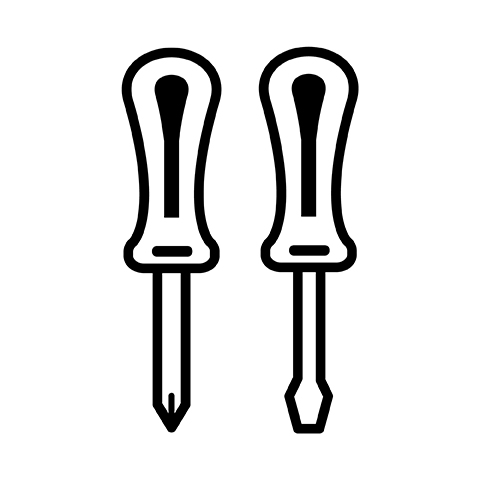
Professional tools with practical advantages to optimize high-demand work.